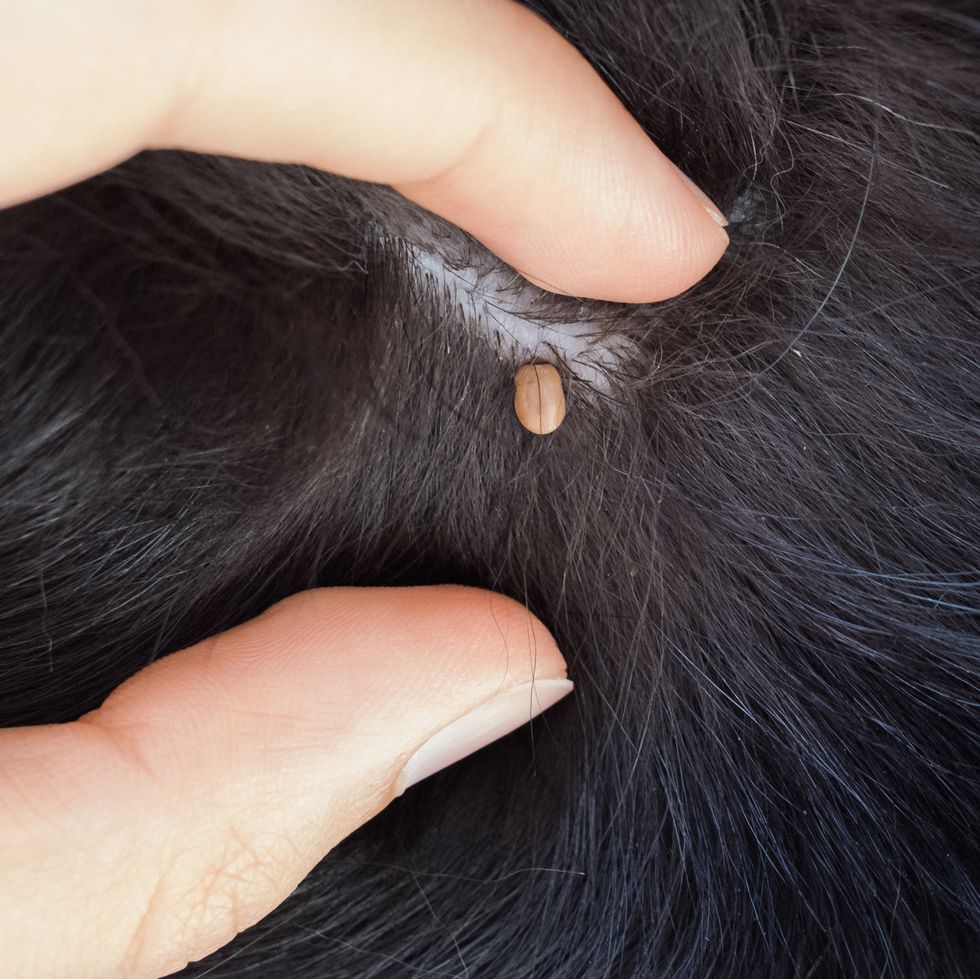Anyone who has ever had a dog would understand that you don’t want them to get ticks. It’s usually a good idea to properly examine your dog for ticks after taking them for a stroll. These little organisms are highly adept at concealing on your pet, and they have certain spots where they like to cling. Responsible dog ownership includes knowing what to do if you discover one on your cherished pet. After all, being prepared never hurts.
What are ticks?
For those who are unaware, ticks are tiny parasites that require a host to survive. Dogs are especially vulnerable to infected ticks hitching a ride, and once infected, infected dogs can quickly infect other pets and people.
What do ticks look like?
Ticks are typically flat, tiny, and oval before eating, but after latching onto a host and ingesting their blood, they can expand to the size of a coffee bean.
Where are they commonly found?
Since they are frequently spotted in meadows, fields, and on moorland, it is especially crucial to check your dog after going to these possible locations. Shorts should not be worn and the use of insect repellents is advised when walking in an area known to harbor ticks.
Does my dog have ticks?
Always make sure your dog hasn’t picked up a hitchhiker after a stroll by checking to make sure they haven’t.
To start, perform a quick examination by moving your hands over the person’s body and looking for any odd lumps or bumps. They frequently attach to the ears, head, neck, crotch, armpits, and feet, among other places.
What to do if you find a tick
The most crucial action is to remain calm and resist the urge to remove the tick right away. Ticks must be removed very slowly to avoid leaving mouth parts lodged in the skin, which would be extremely unpleasant for the dog and would then cause inflammation and infection. In a perfect world, they would likewise be taken away within 24 to 36 hours.
When stressed, ticks may regurgitate their meal back into their host, so using tweezers gently can help prevent this.
Parting the dog’s hair with just your fingertips is the most effective method for removing ticks. As you get as close to the skin as you can, pull up gently with a little pressure to help the tick separate from the skin without twisting or jerking. It’s crucial to treat the area with soap and water or rubbing alcohol once the tick has been properly removed. You should then flush the tick down the toilet or use alcohol to kill it.
So keep in mind that it is best to take precautions before taking your dog for a walk, and don’t forget to check for ticks when you arrive home.




